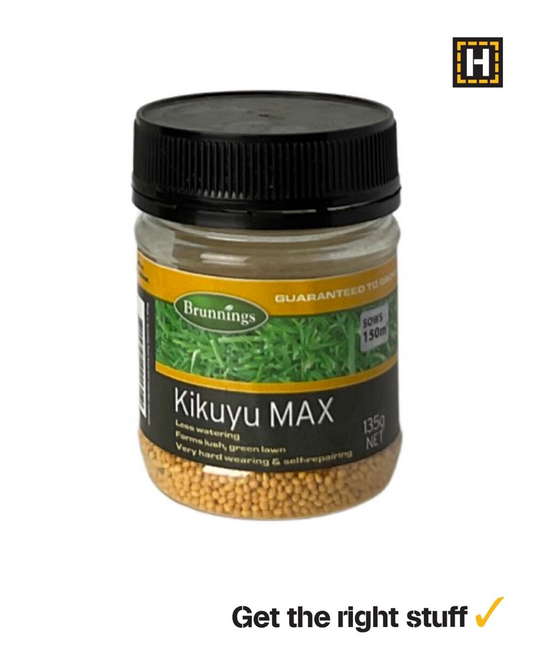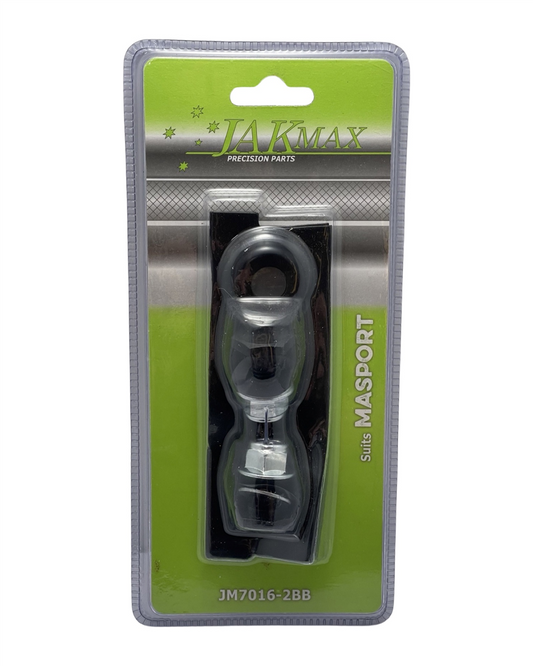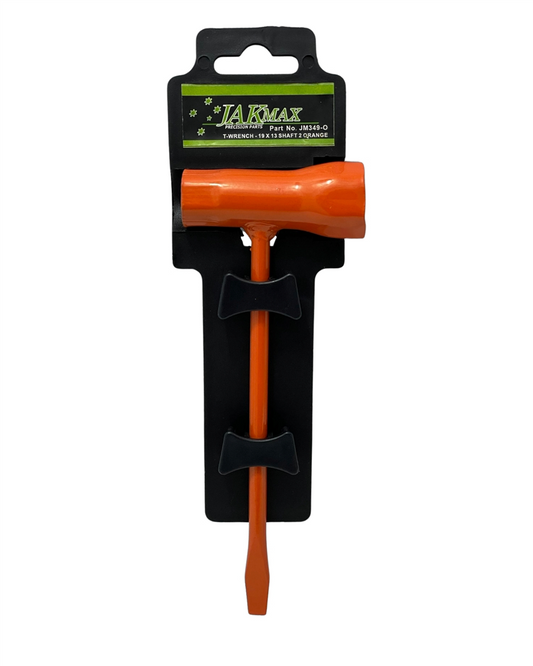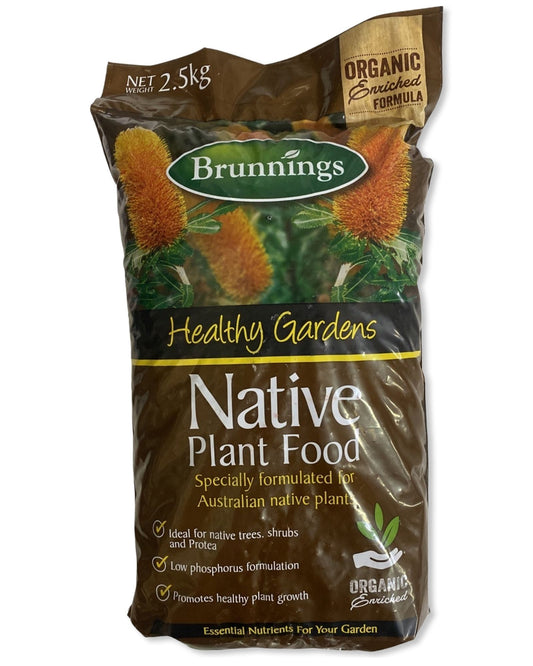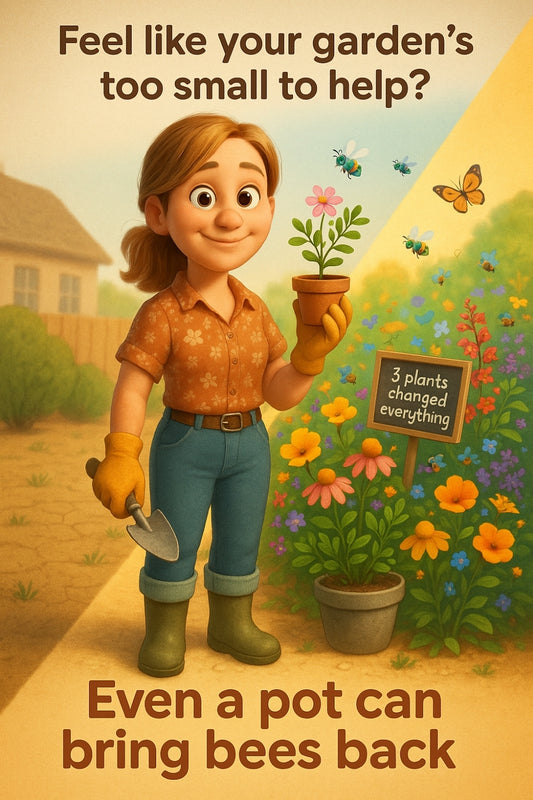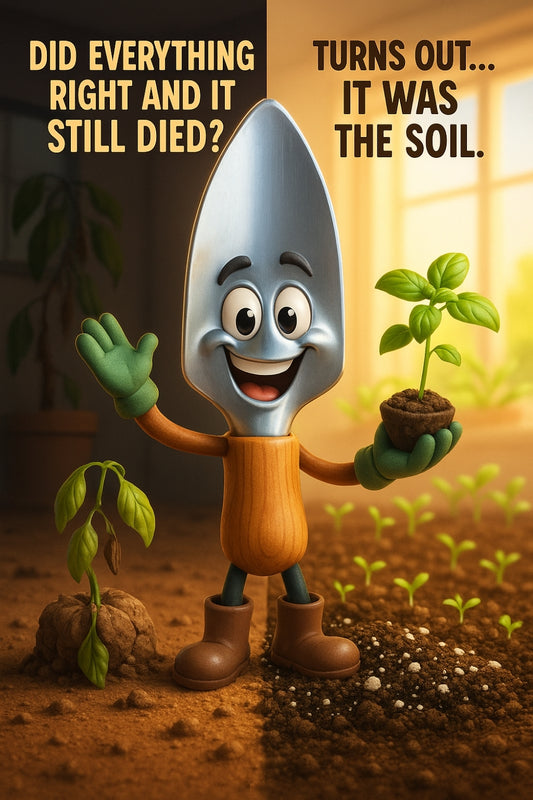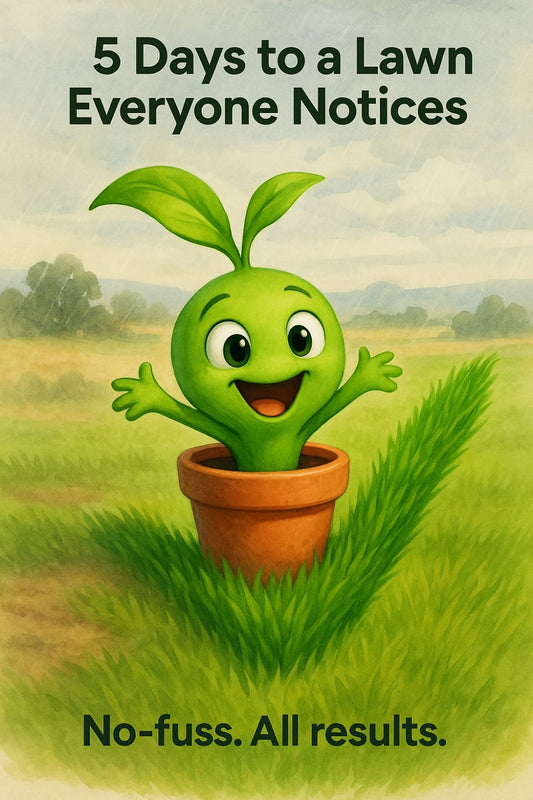Smart Designers swear by it: feel like your walls breathe again—with zero effort and stunning style.
Share
6 Houseplants That Quietly Purify Moisture—And Totally Elevate Your Styling Game
Why these indoor plants don’t just survive damp homes—they make them chic.
Fiskars calls them “nature’s air filters” and homeowners swear by their knack for soaking up excess indoor moisture, protecting walls, and boosting air quality. But here’s where things get juicy: these moisture-absorbing plants aren’t just practical. They’re also drop-dead gorgeous.
Whether it’s a steamy bathroom, stuffy laundry, or that one odd corner that always feels cold and claggy, these plants thrive in the very places you avoid dusting. And yes, they look amazing doing it.
It’s like having a live-in dehumidifier—only prettier, and easier to care for than you think.
Meet the Plants That Love Humidity As Much As You Hate It
1. Peace Lily (Spathiphyllum)
Known as the plant that “lets you know” when it’s thirsty, the Peace Lily is a fan favourite for a reason. With its dark, glossy leaves and stunning white blooms, it drinks up moisture like it’s on a mission. Even NASA put it on their top list for air-purifying power. Moist bathroom shelf? Sorted.
2. Boston Fern (Nephrolepis exaltata)
A bit wild, a bit curly, and a LOT moisture-loving, the Boston Fern slurps humidity happily. It helps balance dampness while bringing a lush, vintage-meets-Boho vibe to hallways or bathrooms. Just remember: she loves a gentle mist every now and then. Who doesn’t?
3. English Ivy (Hedera helix)
If your place has that old home charm (and possibly old home damp), English Ivy’s your wing plant. Research shows it helps reduce airborne mould particles. Pop it in a hanging pot near a window and boom—gothic cottagecore realness, minus the mildew.
4. Spider Plant (Chlorophytum comosum)
This plant gets called “unkillable” for a reason. Adaptable, cheerful, and surprisingly great at absorbing humidity, it works wonders in small rooms. Plus, it makes adorable spiderettes you can re-pot or gift. Nothing says ‘obsessed plant parent’ like propagating your own jungle.
5. Areca Palm (Dypsis lutescens)
Tall, feathery, and oh-so-tropical. While it doesn’t technically drink moisture like a sponge, the Areca Palm regulates indoor humidity levels by releasing moisture back into the air as it absorbs toxins. It’s style and science in one golden-green statement piece.
6. Tillandsia (Air Plants)
These quirky little plants don’t even need soil — just humidity and a light spray now and then. Stick them in seashells, hang them in glass orbs, or tuck them into wall-mounted holders. They’re low-maintenance cool kids that genuinely thrive on bathroom steam and look very Pinterest while doing it.
How to Style These Plants for Both Beauty + Benefit
Placement matters. To get the best moisture-reduction effect, position these plants in rooms that naturally collect condensation: think bathrooms, kitchens, laundries, and corners with poor airflow. Here’s how to make them work double-time without the fuss:
- Use moisture-tolerant pots: Terracotta breathes, but ceramic pots with good drainage work even better in wet zones.
- Rotate your plants weekly: Keeps them balanced — physically and in terms of sunlight/moisture access.
- Pair plants with good air flow: A small fan, a cracked window, or ceiling vents go a long way.
Think less ‘household chore’ and more ‘spa day for your home’. You’re not just decorating — you’re designing an ecosystem that looks stunning and feels even better.
Not All Plants Like Wet Feet — So Choose Wisely
Here’s where most people go wrong: they put the wrong plant in a room that doesn’t suit it, and then wonder why it turned into a sad, mushy mess. Moisture-loving doesn’t mean ‘drenched to death’. These plants like humidity in the air — not soggy roots.
Make sure your pots have good drainage and don’t forget to check the soil with your finger — if it feels damp past the first knuckle, give watering a break.
The Hidden Bonus? You Feel Better Too
Cleaner air. Less mould. Fewer headaches. One study by the University of Technology, Sydney found that indoor plants reduced indoor air pollution by up to 75%. That’s not just good news for your home — it’s great news for energy levels, focus, and sleep quality.
And beyond the science, there’s something quietly powerful about surrounding yourself with living things. A shelf filled with ferns or a trailing ivy by the mirror? It grounds you. Reminds you to breathe. Helps home feel like... well, home.
Used to feel like your place was fighting you. Now? It supports you.
Functional. Beautiful. Alive. These plants don’t just pull extra moisture from the air. They shift how your space feels. And if that’s not house magic, what is?
Happy styling,
Candeece 🌿
 Stay Connected
Stay Connected
Join our gardening community on Facebook: Urban Gardener's Notebook
And follow our Store Facebook Page: Strathalbyn H Hardware on Facebook


